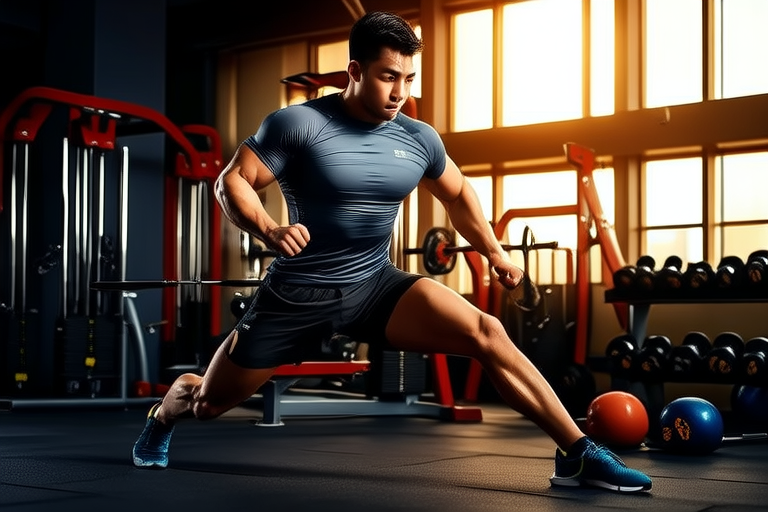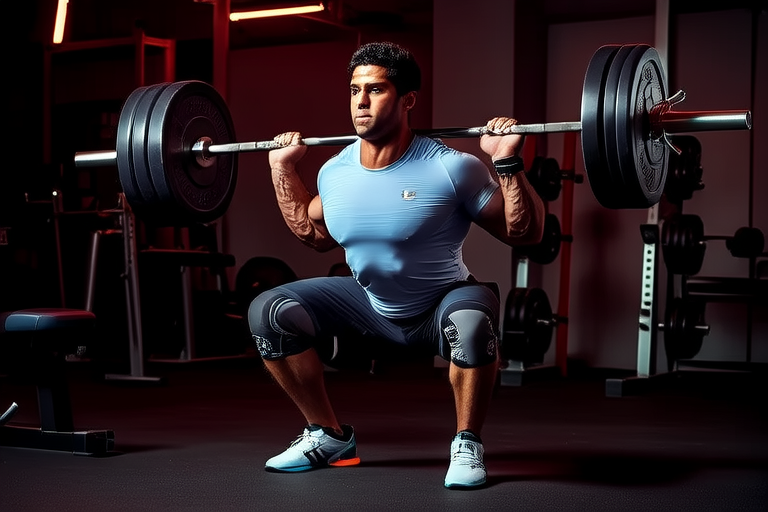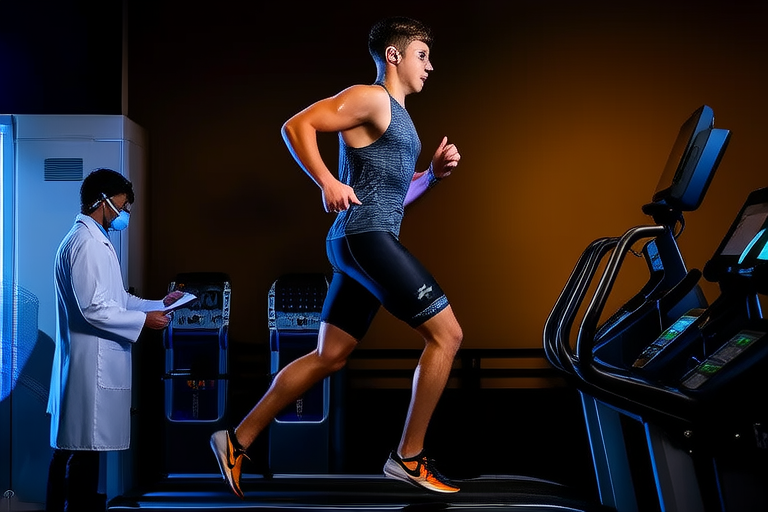Boosting Athletic Performance with Sports Science
Introduction
Sports science is a multidisciplinary field that combines knowledge from various disciplines such as physiology, psychology, biomechanics, and nutrition to enhance athletic performance. By understanding the principles behind peak performance, athletes can optimize their training regimens, improve their physical and mental resilience, and reduce the risk of injury. This comprehensive guide will explore key aspects of sports science including nutrition, training techniques, recovery methods, mental strategies, and hydration, providing actionable advice grounded in scientific research.
Nutrition for Peak Performance
Proper nutrition is crucial for athletes aiming to maximize their potential. A well-balanced diet rich in carbohydrates, proteins, fats, vitamins, and minerals fuels the body during intense workouts and aids in recovery afterward. Carbohydrates provide energy for high-intensity activities, while proteins help repair and build muscle tissue. Fats are important for hormone production and maintaining overall health.
For endurance athletes, consuming complex carbohydrates like whole grains, fruits, and vegetables before events ensures sustained energy levels throughout competition. Additionally, incorporating lean protein sources such as chicken, fish, tofu, or legumes post-exercise promotes muscle repair and growth. Hydration is also vital; staying hydrated helps regulate body temperature and supports optimal organ function.
Moreover, timing meals appropriately around workouts can further enhance performance. Eating a small snack containing both carbs and proteins 30 minutes to an hour before exercise supplies immediate energy without causing indigestion. After training sessions, refueling within 45 minutes with a combination of carbs and proteins accelerates recovery by replenishing glycogen stores and repairing damaged tissues.
Effective Training Techniques
Selecting appropriate training methods tailored to individual goals is essential for achieving optimal results. Strength training involves lifting weights to increase muscular strength and size, which improves power output during athletic endeavors. Cardiovascular exercises like running, cycling, or swimming enhance cardiovascular fitness, increasing oxygen delivery to muscles and improving endurance.
Interval training alternates between short bursts of high-intensity effort followed by periods of lower intensity or rest. Research shows that this approach stimulates greater improvements in VO2 max (the maximum amount of oxygen one can utilize during exercise) compared to steady-state cardio alone. Incorporating plyometric drills—jumping exercises designed to develop explosive power—can significantly boost performance in sports requiring quick acceleration and deceleration.
Furthermore, periodization—a structured plan dividing training into phases focusing on different aspects of fitness over time—helps avoid plateaus and reduces injury risks. During base-building phases, focus on building foundational strength and aerobic capacity through moderate-intensity activities. As competitions draw nearer, shift towards more specific conditioning aimed at honing skills relevant to your sport.
Importance of Recovery
Adequate recovery allows muscles to heal and grow stronger, preventing overtraining syndrome characterized by fatigue, decreased performance, and increased susceptibility to illness or injury. Active recovery includes gentle movements like walking, swimming, or yoga which promote blood flow to sore areas, facilitating faster healing processes.
Massage therapy has been shown to decrease muscle soreness and stiffness after strenuous activity. Foam rolling, self-myofascial release using cylindrical foam rollers, targets tight spots in muscles and fascia, releasing tension and enhancing flexibility. Stretching routines performed regularly can improve range of motion and reduce the likelihood of injuries caused by muscle imbalances.
Restful sleep plays a critical role in recovery too. Sleep deprivation impairs cognitive functions, mood regulation, and immune system functioning, all of which negatively impact athletic performance. Aim for seven to nine hours per night, creating a conducive sleeping environment free from distractions.
Mental Strategies for Success
Mental toughness refers to an athlete’s ability to cope effectively under pressure, stay focused amidst distractions, and maintain motivation throughout challenges. Visualization techniques involve imagining successful outcomes during competitions, helping prepare mentally for real-life scenarios. Practicing mindfulness meditation encourages present-moment awareness, reducing anxiety and fostering concentration.
Goal setting provides direction and purpose, motivating individuals to push boundaries and achieve personal bests. SMART criteria—specific, measurable, achievable, relevant, timely—ensure objectives are clear and attainable. Breaking larger goals into smaller milestones makes progress tangible and keeps morale high.
Building resilience involves cultivating positive attitudes towards setbacks, viewing them as opportunities for growth rather than failures. Encouraging self-talk that reinforces confidence and determination can bolster mental fortitude.
Hydration Tips
Dehydration can lead to decreased endurance, impaired judgment, and increased risk of heat-related illnesses. To stay adequately hydrated, drink water consistently throughout the day, even when not feeling thirsty. For intense or prolonged activities lasting longer than an hour, electrolyte solutions may be necessary to replace lost salts.
Monitoring urine color serves as a simple indicator of hydration status; pale yellow indicates sufficient fluid intake, whereas dark yellow signals dehydration. Adjust fluid consumption based on environmental conditions, sweat rate, and individual needs.
Precautions for Injury Prevention
Warm-up exercises prepare muscles and joints for upcoming demands, increasing circulation and flexibility. Dynamic stretches like leg swings, arm circles, and lunges engage multiple muscle groups simultaneously, promoting better movement patterns.
Cool-down routines gradually bring heart rates back to resting levels, promoting relaxation and reducing muscle stiffness. Static stretching targeting major muscle groups helps elongate fibers, improving overall mobility.
Wearing proper footwear suited to specific sports minimizes strain on feet, ankles, knees, and hips. Orthotic inserts might be beneficial if you have pre-existing foot conditions or require additional arch support.
Gradually increasing training volume and intensity prevents sudden stress on musculoskeletal systems, allowing bodies time to adapt. Cross-training incorporates varied activities to strengthen different muscle groups, enhancing balance and coordination.










